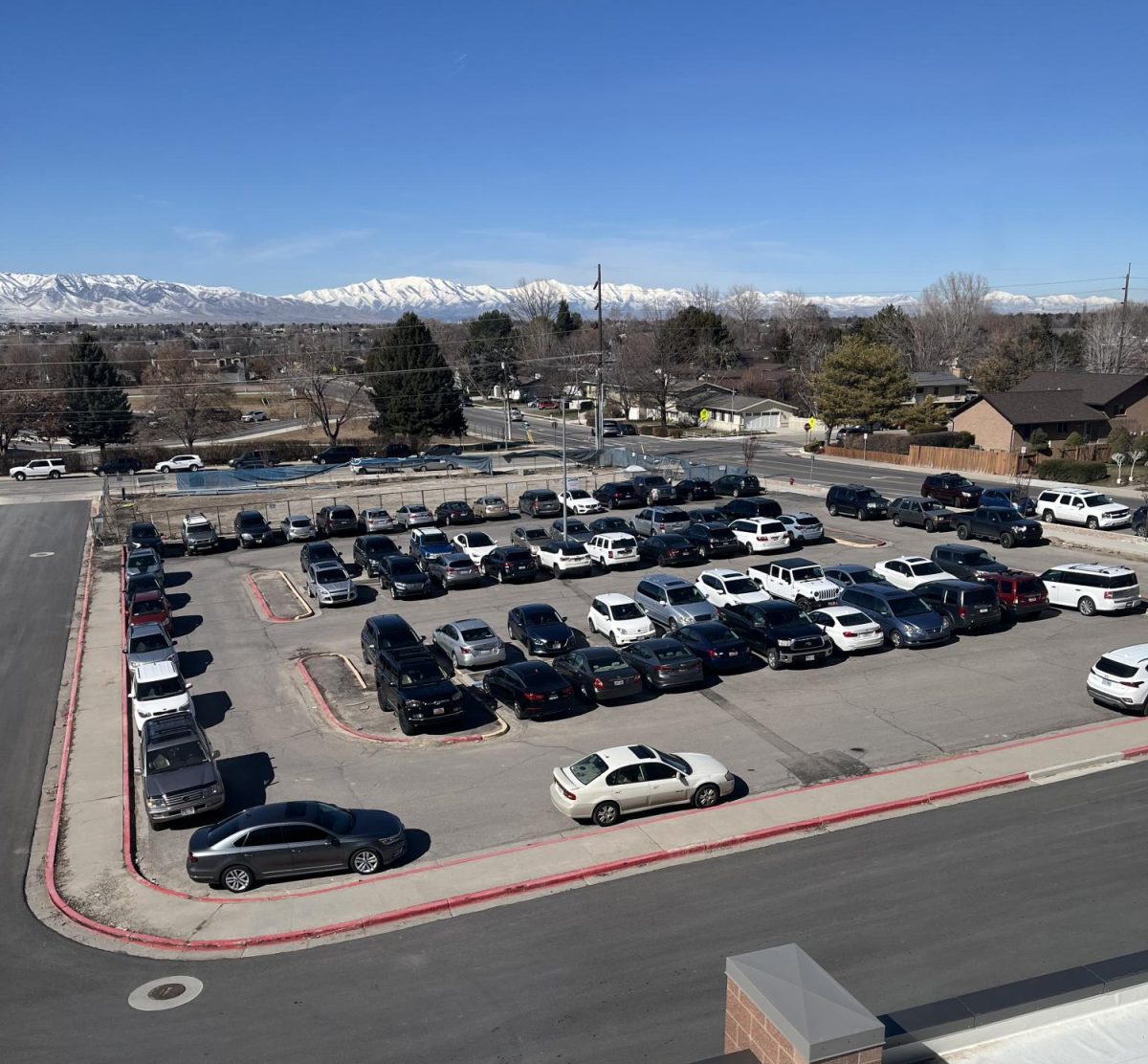Waking up Jan 3, still groggy from New Years’ festivities, the first thing anyone with a Twitter, Instagram, or even TikTok saw were memes about WWIII and the draft. The world was in chaos, and vague memes did little to clear the fog a soon-to-be eighteen-year-old would have felt. In the whirlwind of news articles detailing the events that led to the outbreak, it’s easy to get lost, so we’ve compiled a student’s guide to the conflict between the United States and Iran.
Who was Qasem Soleimani?
Qasem Soleimani was an Iranian general and commander of the Quds force, an overseas special force for the Iranian Revolutionary Military Guard Corps (IRGC), sort of like a religious version of Iran’s army. But Soleimani was much more powerful than a typical general. Within Iran, Soleimani was hailed as a symbol of Iranian and Shia strength and ranked as Iran’s second most powerful leader. Soleimani had many powerful allies and with that, many powerful enemies.
Why was Soleimani killed?
According to the Pentagon, Soleimani was responsible for “the deaths of hundreds of American and coalition service members.” With no official diplomacy between the countries since 1979, tension has been building between the US and Iran for decades. Both Obama and Bush had opportunities to target Soleimani but declined as it wasn’t worth the backlash at the time. But tensions came to a head late December into January.
On Dec 27, Iranian airstrikes killed an American defense contractor in Iraq. The US shot back with airstrikes targeting Iranian-backed militia in Iraq and Syria, killing 24. Iran felt the response did not match the stimulus, and December 31st pro-Iranian Iraqis stormed the US embassy in Baghdad. Perhaps reminded of the 1979 Hostage Crisis, Trump felt his retaliation needed extra weight, and on Jan 2, 2020, Soleimani and an Iraqi militia leader were killed by an airstrike while leaving a Baghdad airport.
President Trump and Secretary of State Mike Pompeo have stated Soleimani was killed because, according to Pompeo, “there is no doubt that there were a series of imminent attacks that were being plotted by Qasem Soleimani.” When asked to elaborate, he refused to give specifics or explain how imminent they were. The Pentagon has stated Soleimani was planning attacks but did not use the word imminent, which could be the difference between a defendable assassination and an unjustified murder.
Wednesday morning, the Senate was briefed on the rationale for Soleimani’s killing. The briefing was confidential, but we know from Utah Senator Mike Lee that senators were discouraged from debating further action and, as he said, the “worst briefing [he’d] seen.”
What Happened Next?
The situation progressed quickly. Congress and US allies expressed concern about not being informed beforehand. Many officials condemned Trump’s rash behavior\; others lauded him for his quick defensive action. Shias in the Iraqi parliament voted to expel US troops, while many Sunnis and Kurds refused even to attend the vote, reflecting deep polarization in the country. The US halted all counter-ISIS operations in Iraq and Syria\; ISIS is now likely to regain lost power.
Iran announced its intended departure from the Nuclear Deal. Trump tweeted about plans for 52 sites in Iran, including cultural sites, to “BE HIT VERY FAST AND VERY HARD.” Though targeting cultural sites is a war crime, the Pentagon revised Trump’s statement and insisted all attacks would be legal.
In Iran, mourners filled the streets for Soleimani’s funeral procession. Iran vowed revenge, and on Jan 7, launched over a dozen missiles at two US bases in Iraq. No US or Iraqi troops were killed. In a tweet, Iranian Foreign Minister Mohammad Javad Zarif stated the attacks were considered self-defense under the UN charter, and Iran does “not seek escalation or war, but will defend [itself] against any aggression.”
Speaker of the House Nancy Pelosi introduced a bill blocking Trump from any further military action in Iran without congressional approval beforehand. The bill passed the House Thursday afternoon and will go to the Senate soon.
Is it over?
Unfortunately, no. Though Iran has backed down, it can’t speak for its proxies. Hassan Nasrallah, leader of Lebanese terrorist organization Hezbollah, vowed revenge for Soleimani, prompted by Soleimani’s daughter. Hamas, a similar organization in Palestine, and Syrian President Assad praised Soleimani and will likely support Hezbollah. Soleimani’s Qods force greatly assisted the three groups.
A Ukranian commercial airline crash-landed in Iran on Jan 8, killing all 176 people on board, mainly Iranians and Canadians. Iran initially blamed malfunctioning parts, but after videos of missiles striking the plane surfaced, Zarif tweeted “human error at time of crisis caused by US adventurism led to disaster.”
These events are still unfurling, and it is unclear how Ukraine and Canada will respond. In Iran, fear that the state lied to cover up the missile-strike has brought the people back to the streets for anti-government protests paused after Soleimani’s assassination.
Every day, we’re learning more and more about the events leading up to Soleimani’s death, which could rebuild tensions toward war. However, the draft, abolished in 1973, is not likely to make a comeback, unlike the Islamic State. But just in case, get your memes in a row, there’s no telling what’s to come.







Saige • Jan 31, 2020 at 11:40 AM
thank you for this very good article